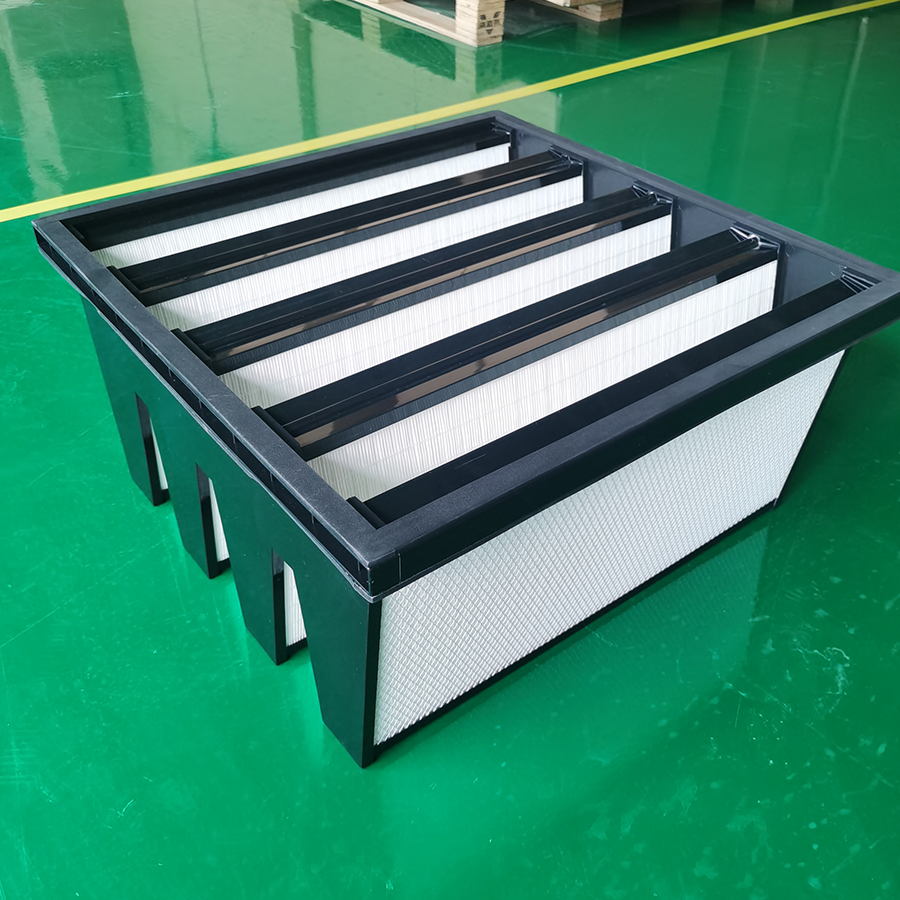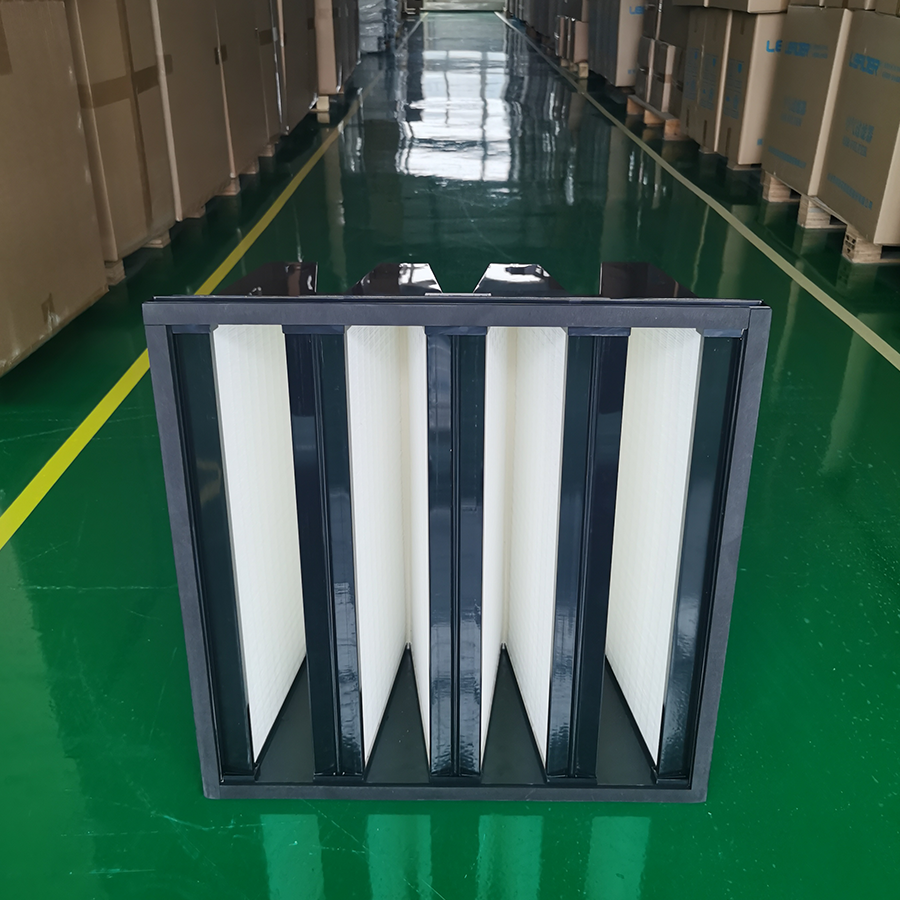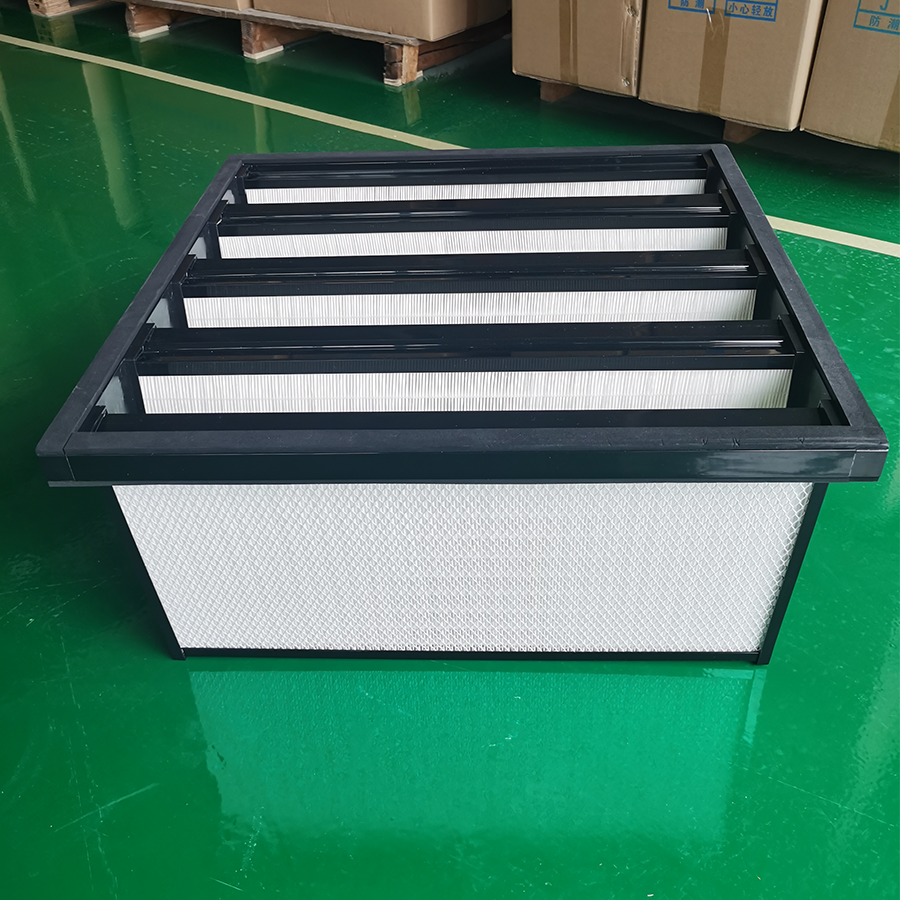Medium high-efficiency filters are essential components in various industrial and commercial applications, providing a balance between performance and cost-effectiveness. These filters are designed to remove particulate contaminants from air or fluid streams, ensuring the cleanliness and safety of the operating environment. This article explores the product description, working principles, components, technical specifications, and application fields of medium high-efficiency filters, highlighting their importance in maintaining operational efficiency and product quality.
Medium high-efficiency filters are designed to offer superior filtration performance while being cost-effective. These filters are typically used in environments where the removal of medium to fine particles is necessary to protect equipment, improve indoor air quality, or ensure the purity of process fluids. They are available in various configurations, including panel filters, pleated filters, and bag filters, each tailored to meet specific application requirements.

The working principle of medium high-efficiency filters is based on mechanical filtration mechanisms, including interception, impaction, and diffusion. Here’s a detailed look at how these filters function:
Contaminated Air or Fluid Intake: The contaminated air or fluid enters the filter housing and flows through the medium high-efficiency filter.
Filtration Process: As the air or fluid passes through the filter media, particles are captured through interception (particles adhere to the fibers of the filter media), impaction (larger particles collide with and stick to the fibers), and diffusion (smaller particles are captured as they move randomly within the filter media).
Flow Distribution: The design of the filter ensures even flow distribution, preventing bypass and maximizing the utilization of the filter media.
Clean Air or Fluid Discharge: The filtered air or fluid exits the filter, free from contaminants, and is ready for further processing or use.
Maintenance: Medium high-efficiency filters have a moderate dirt-holding capacity, meaning they need to be replaced or cleaned periodically to maintain optimal performance.
Medium high-efficiency filters are composed of several key components that contribute to their effective performance:
Filter Media: The core component of the filter, made from materials such as synthetic fibers, glass fibers, or cellulose. The choice of material depends on the specific application and required filtration efficiency.
Support Layers: Additional layers that provide structural integrity and support to the filter media, ensuring durability under varying flow and pressure conditions.
Frame/Casing: Typically made from materials such as galvanized steel, aluminum, or plastic, the frame or casing provides structural support and protection for the filter media.
Sealants and Gaskets: These components ensure a leak-proof seal between the filter media and the housing, maintaining filtration efficiency and preventing contamination.
Medium high-efficiency filters come with a range of technical specifications tailored to meet diverse application needs. Key specifications include:
Filtration Efficiency:
MERV Ratings: Typically ranging from MERV 8 to MERV 13, indicating the filter's ability to capture particles of different sizes.
Efficiency: High filtration efficiency, often capable of capturing particles as small as 1 micron.
Airflow Capacity:
Pressure Drop:
Dirt-Holding Capacity:
Temperature Resistance:
Material Compatibility:
Filter Media: Made from materials such as synthetic fibers, glass fibers, or cellulose to ensure chemical compatibility with different environments.
Frame/Casing: Constructed from materials like galvanized steel, aluminum, or plastic to withstand various environmental conditions and mechanical stresses.
Dimensions:
Medium high-efficiency filters are versatile and widely used across numerous industries due to their balance of performance and cost-effectiveness. Here are some common application fields where these filters are particularly beneficial:
Medium high-efficiency filters are extensively used in heating, ventilation, and air conditioning (HVAC) systems to improve indoor air quality. They capture airborne particles such as dust, pollen, mold spores, and other contaminants, ensuring a clean and healthy environment in residential, commercial, and industrial buildings.
In industrial manufacturing processes, medium high-efficiency filters are essential for maintaining clean air and fluid systems. They help in removing particulates from the air used in ventilation systems and fluid used in cooling and lubrication, thereby protecting machinery and ensuring product quality. Industries such as automotive, electronics, and pharmaceuticals rely heavily on these filters.
Cleanrooms in pharmaceutical, biotechnology, and semiconductor industries require stringent air quality controls to prevent contamination. Medium high-efficiency filters are used in cleanroom HVAC systems to ensure that the air meets the required cleanliness standards, protecting sensitive processes and products.
The food and beverage industry uses medium high-efficiency filters to ensure the cleanliness of air and fluids in production environments. These filters help in maintaining hygiene standards, preventing contamination, and ensuring the safety and quality of food and beverage products.
In healthcare facilities such as hospitals, clinics, and laboratories, maintaining a sterile environment is crucial. Medium high-efficiency filters are used in HVAC systems to capture airborne pathogens, dust, and other contaminants, ensuring a clean and safe environment for patients and healthcare workers.
Commercial buildings, including office spaces, shopping malls, and hotels, use medium high-efficiency filters in their HVAC systems to improve indoor air quality. These filters help in creating a comfortable and healthy environment for occupants by removing airborne pollutants.
Data centers require a controlled environment to ensure the reliability and longevity of electronic equipment. Medium high-efficiency filters are used in the HVAC systems of data centers to remove dust and other particulates, preventing equipment overheating and failure.
In the automotive industry, medium high-efficiency filters are used in paint booths and ventilation systems to capture airborne particles. This ensures a clean environment for painting and coating processes, resulting in high-quality finishes and reducing the risk of defects.
Power plants utilize medium high-efficiency filters to remove contaminants from the air used in turbines and other equipment. This helps in maintaining the efficiency and reliability of power generation systems, reducing maintenance costs and downtime.
Warehouses and distribution centers use medium high-efficiency filters in their HVAC systems to maintain a clean and healthy environment for workers. These filters help in reducing dust levels and improving air quality, ensuring a safe working environment.
Museums and archives use medium high-efficiency filters to protect valuable artifacts, documents, and artworks from airborne pollutants. These filters help in maintaining a clean and controlled environment, preventing degradation and preserving the integrity of the collections.
Medium high-efficiency filters are indispensable across various industries due to their high efficiency, durability, and reliability. Their advanced design and robust technical specifications make them a preferred choice for applications requiring precise and dependable filtration. Understanding their application fields allows industries to effectively implement medium high-efficiency filters, enhancing operational efficiency, reducing maintenance costs, and ensuring the quality and safety of their environments.
Related products
Oil filter machine
LYC Series High-precision oil filter
LYC-J Series Coalescence dehydrated oil filter cart
{sval:sql sql='SELECT n_parameter FROM dede_addonarticle WHERE aid = ~aid~ ' } {/sval:sql}
{sval:sql sql='SELECT n_parameter FROM dede_addonarticle WHERE aid = ~aid~ ' } {/sval:sql}



















